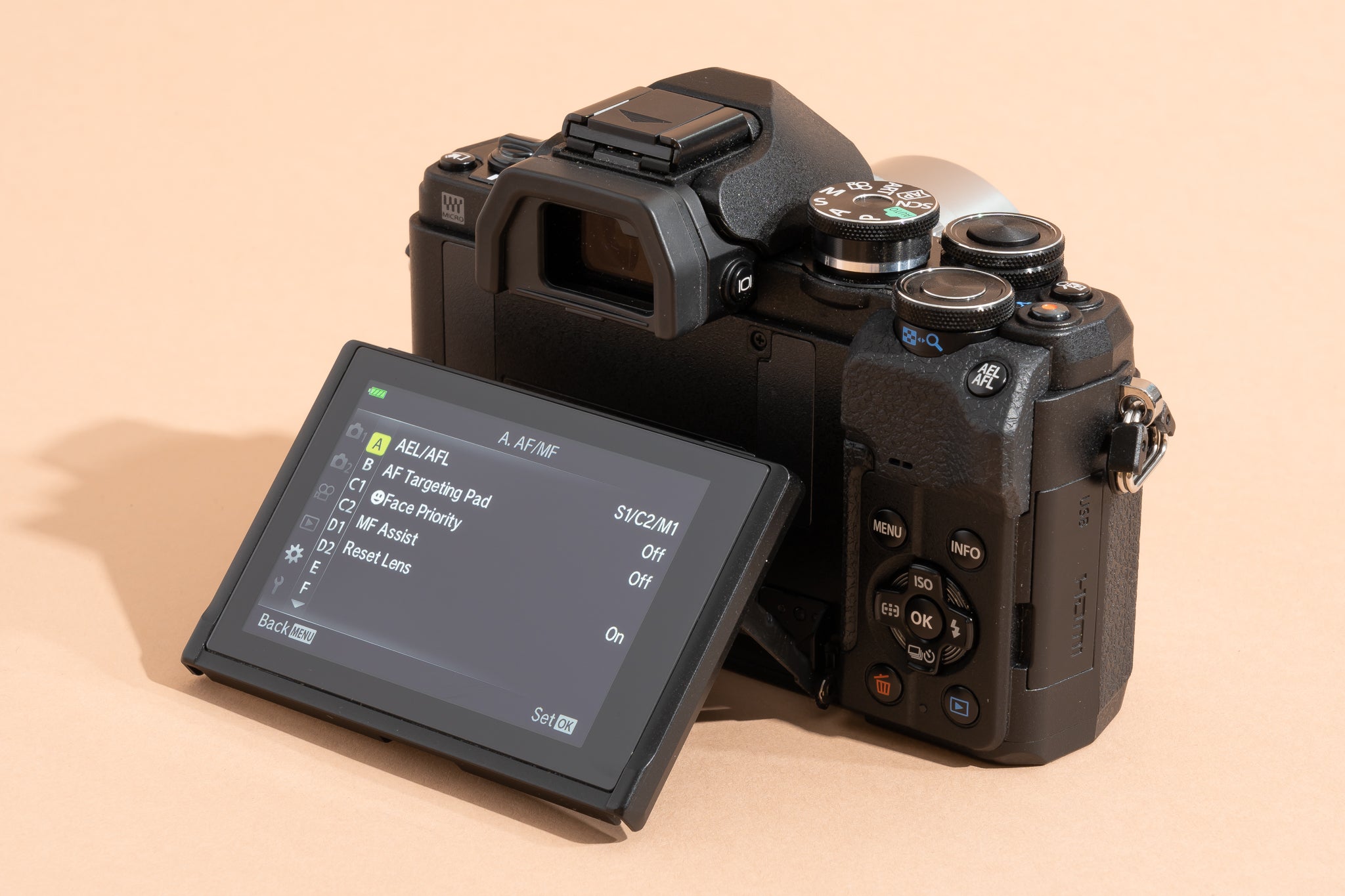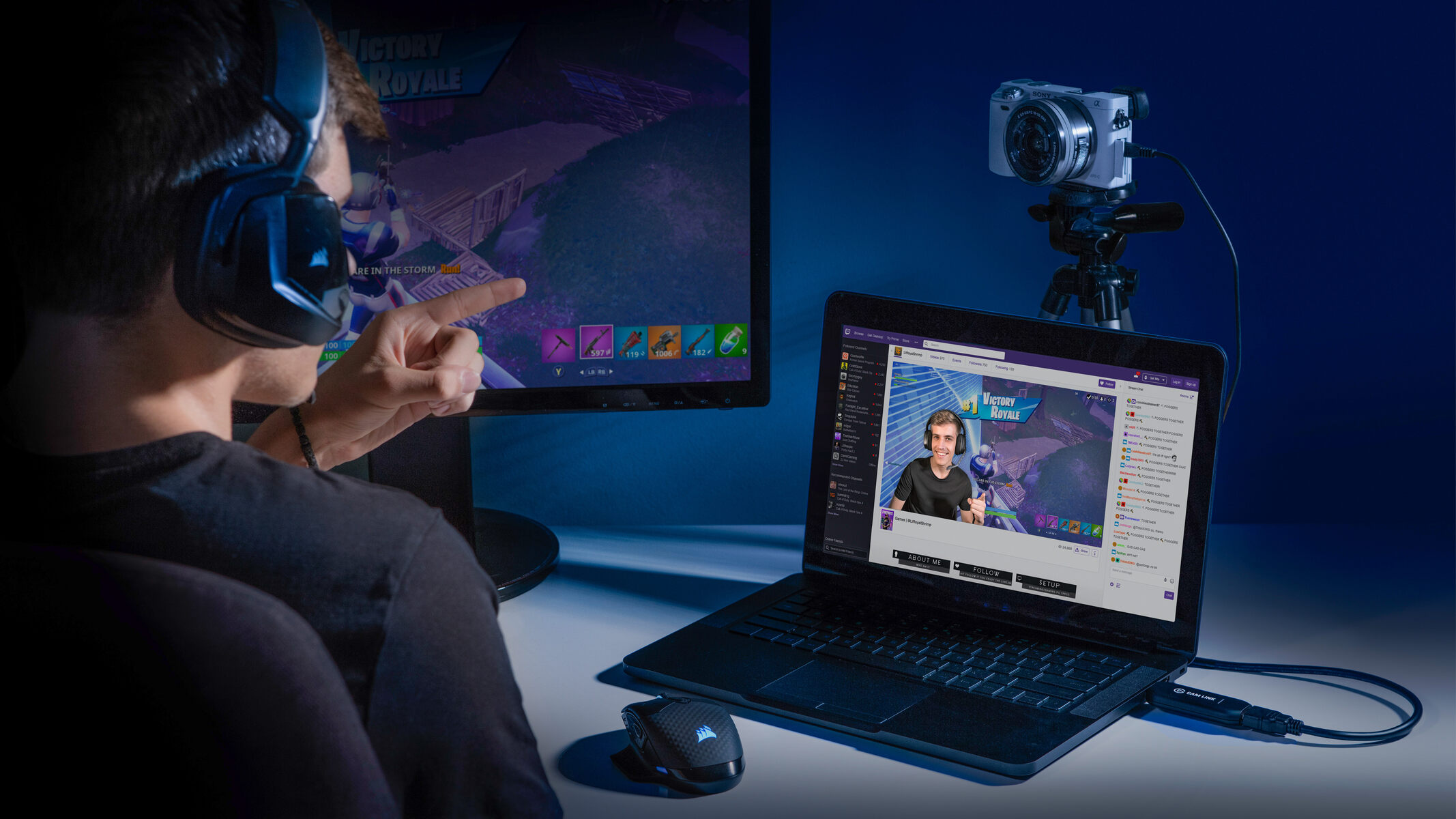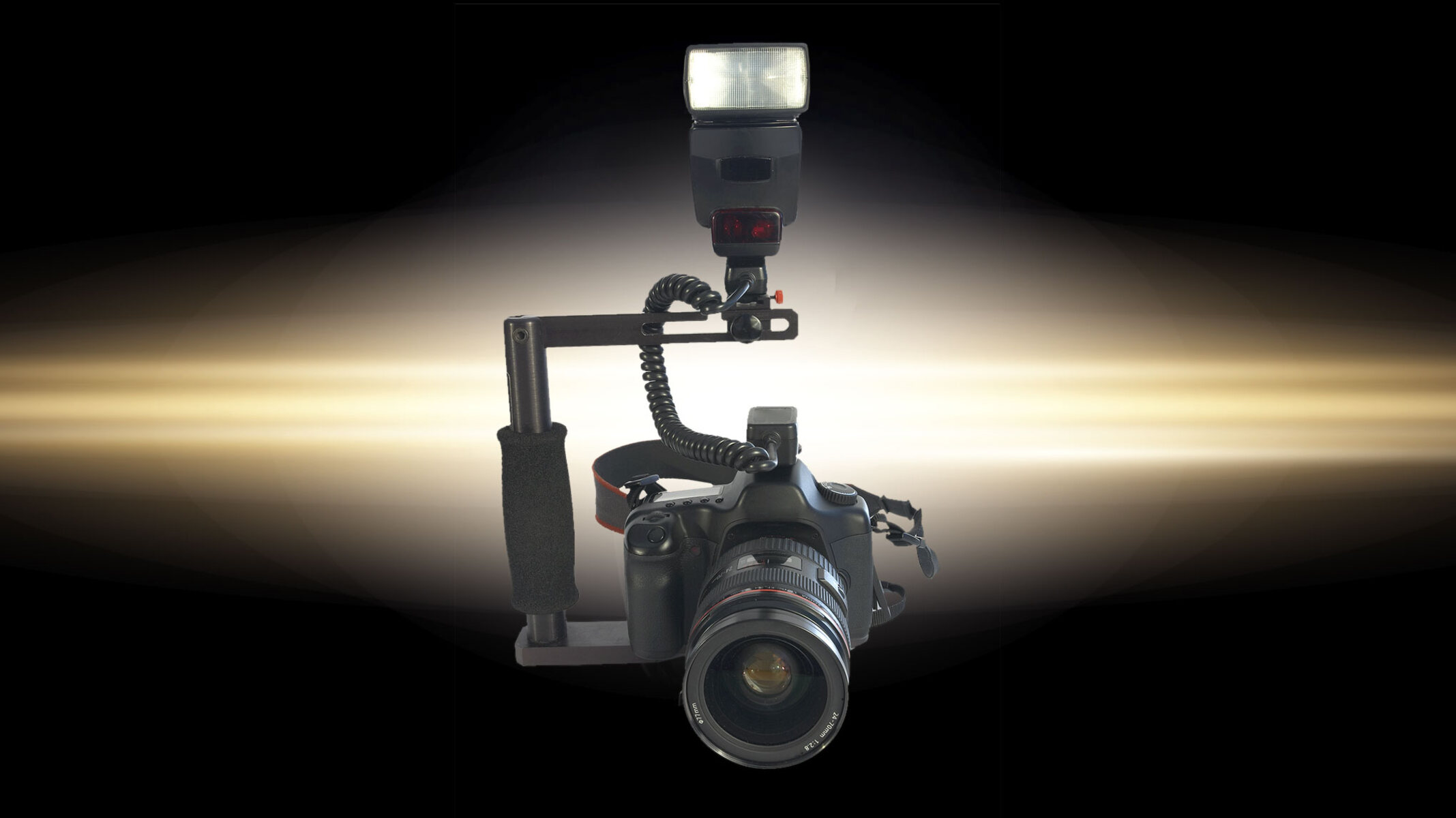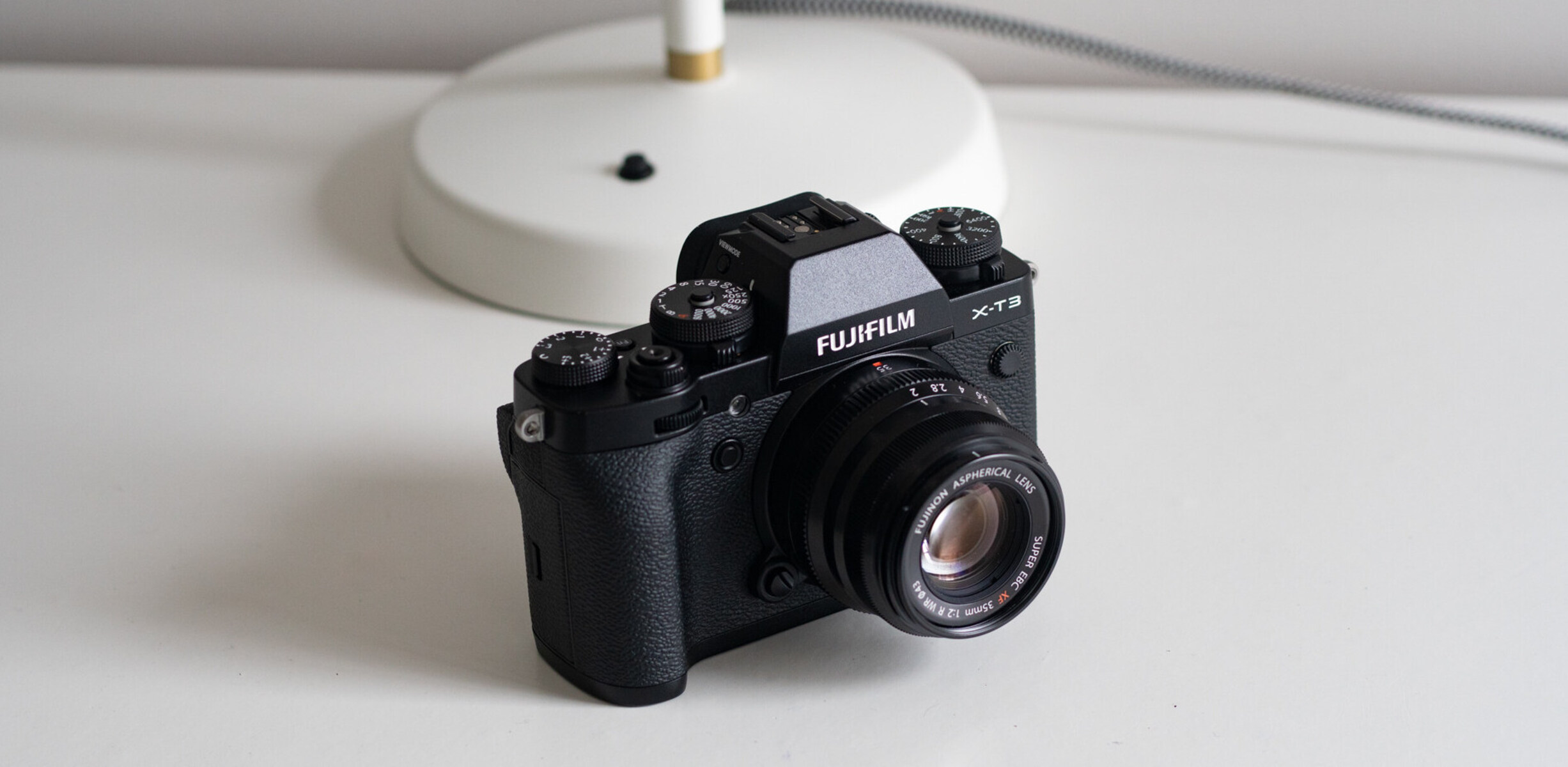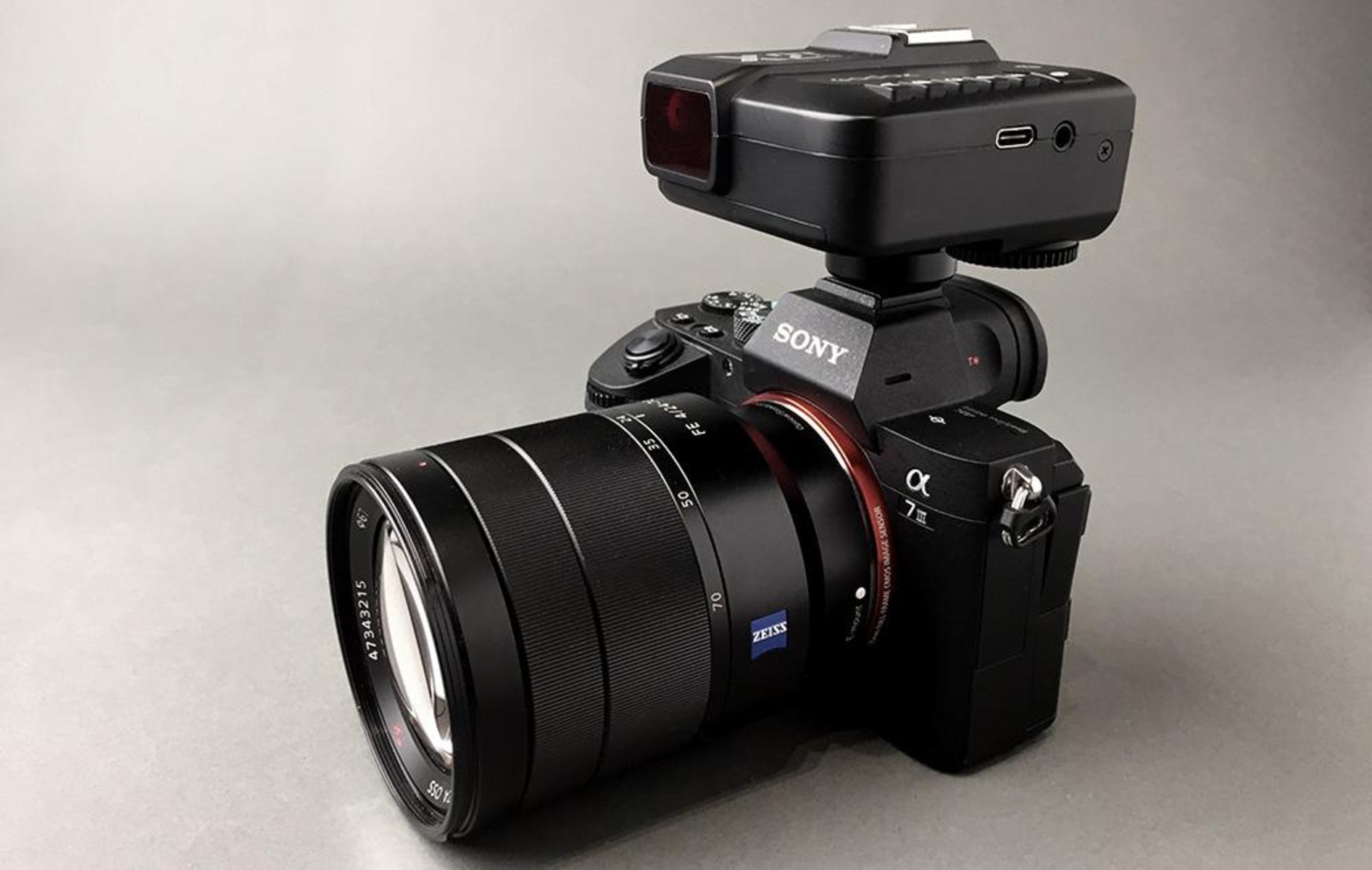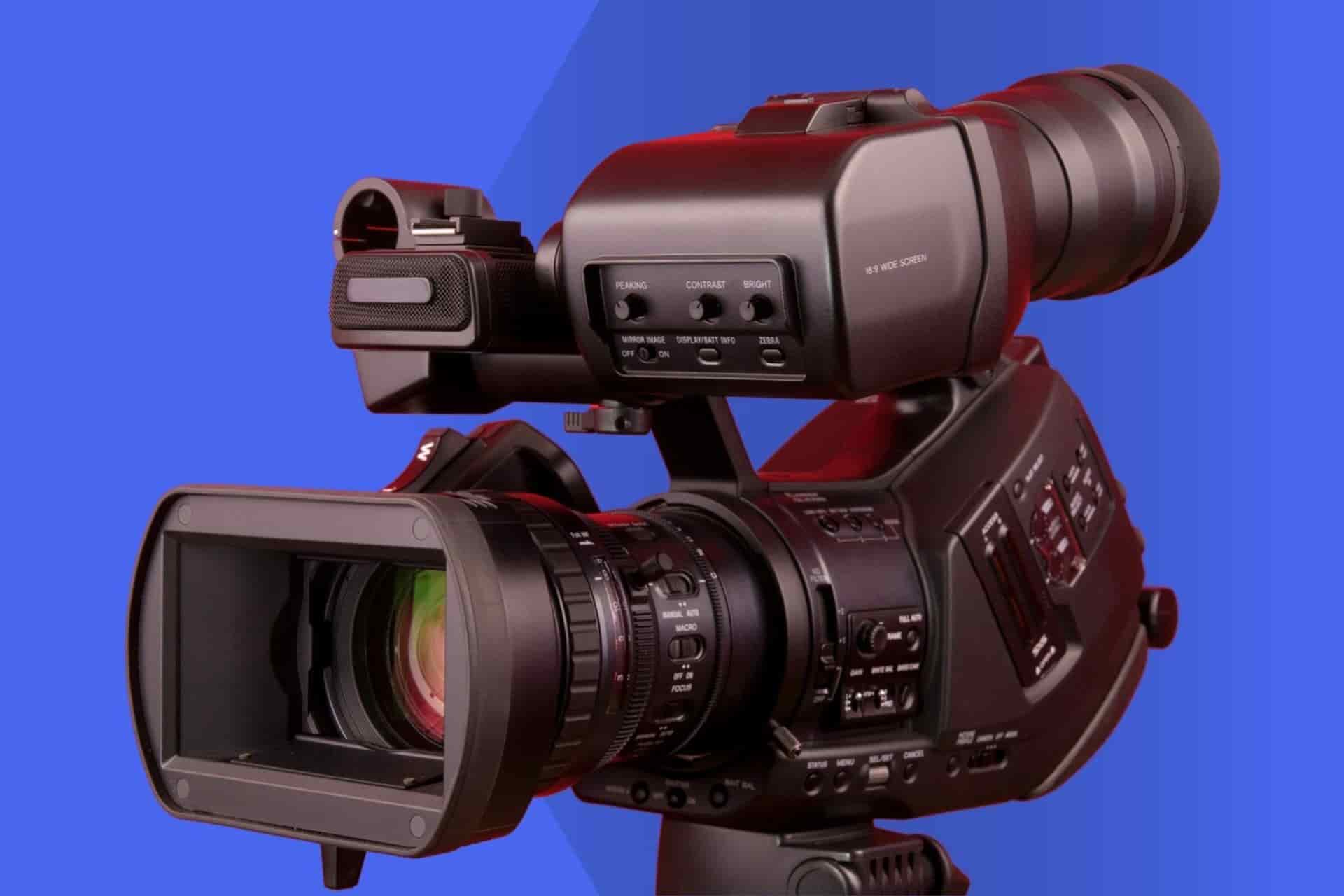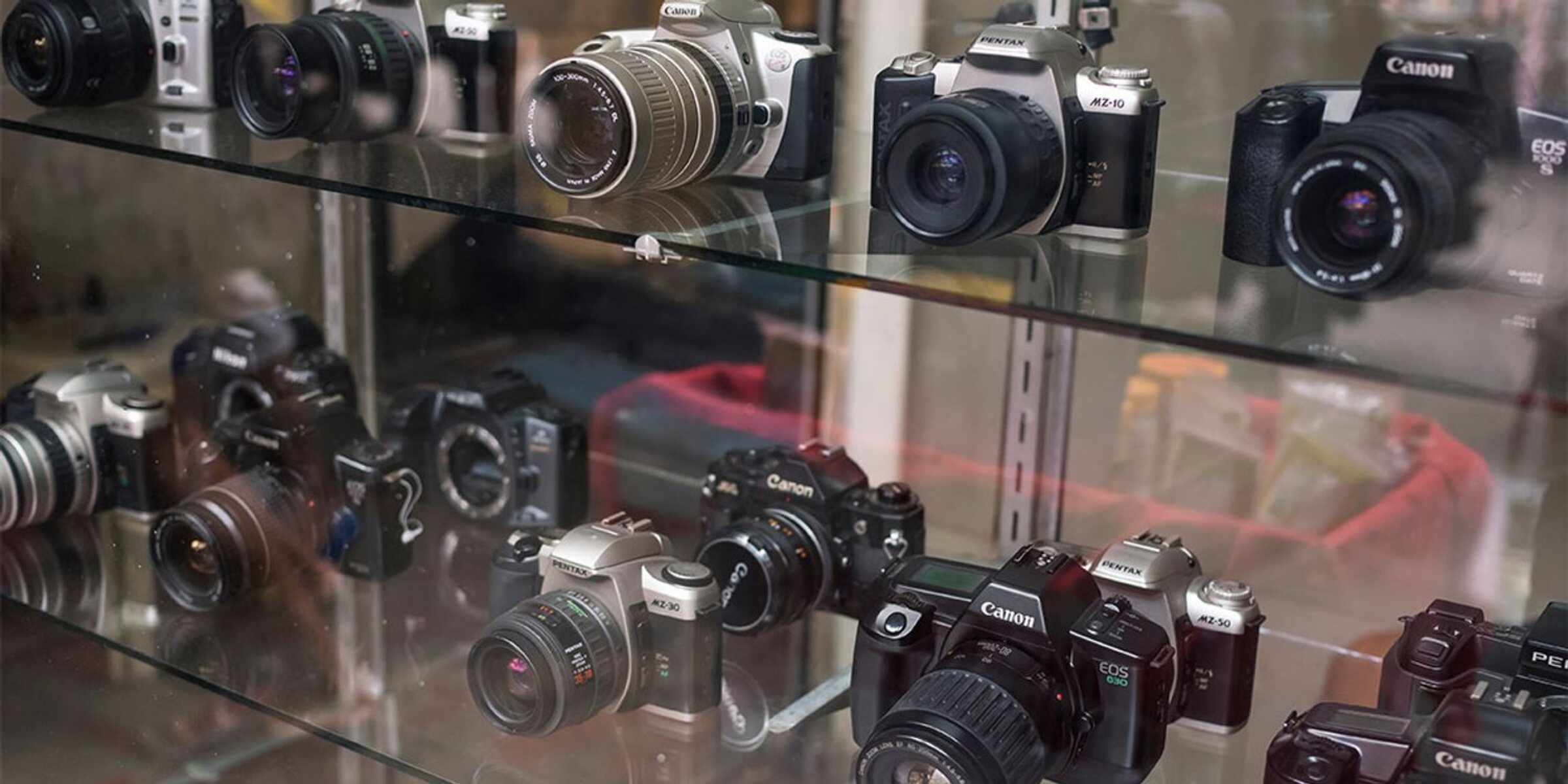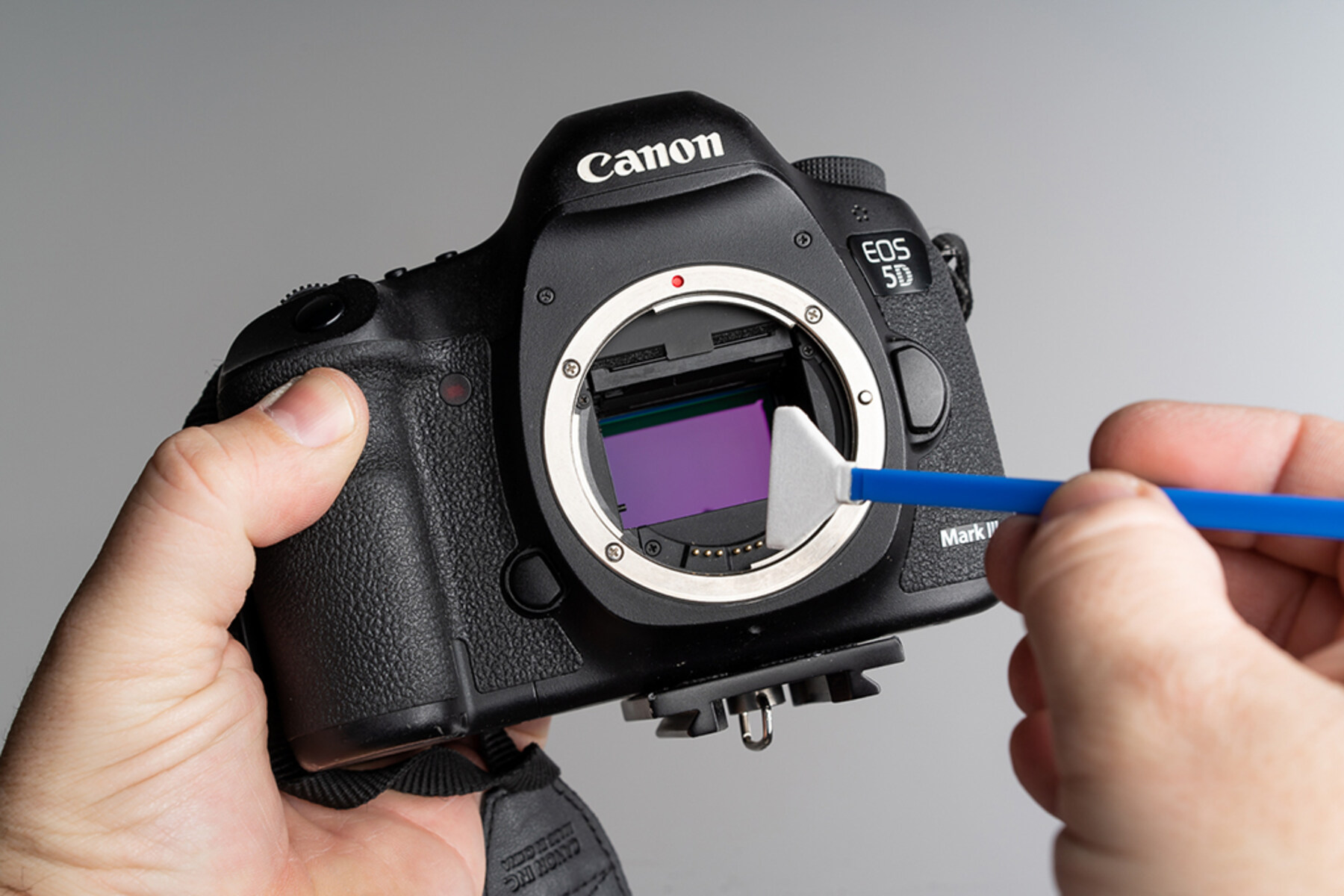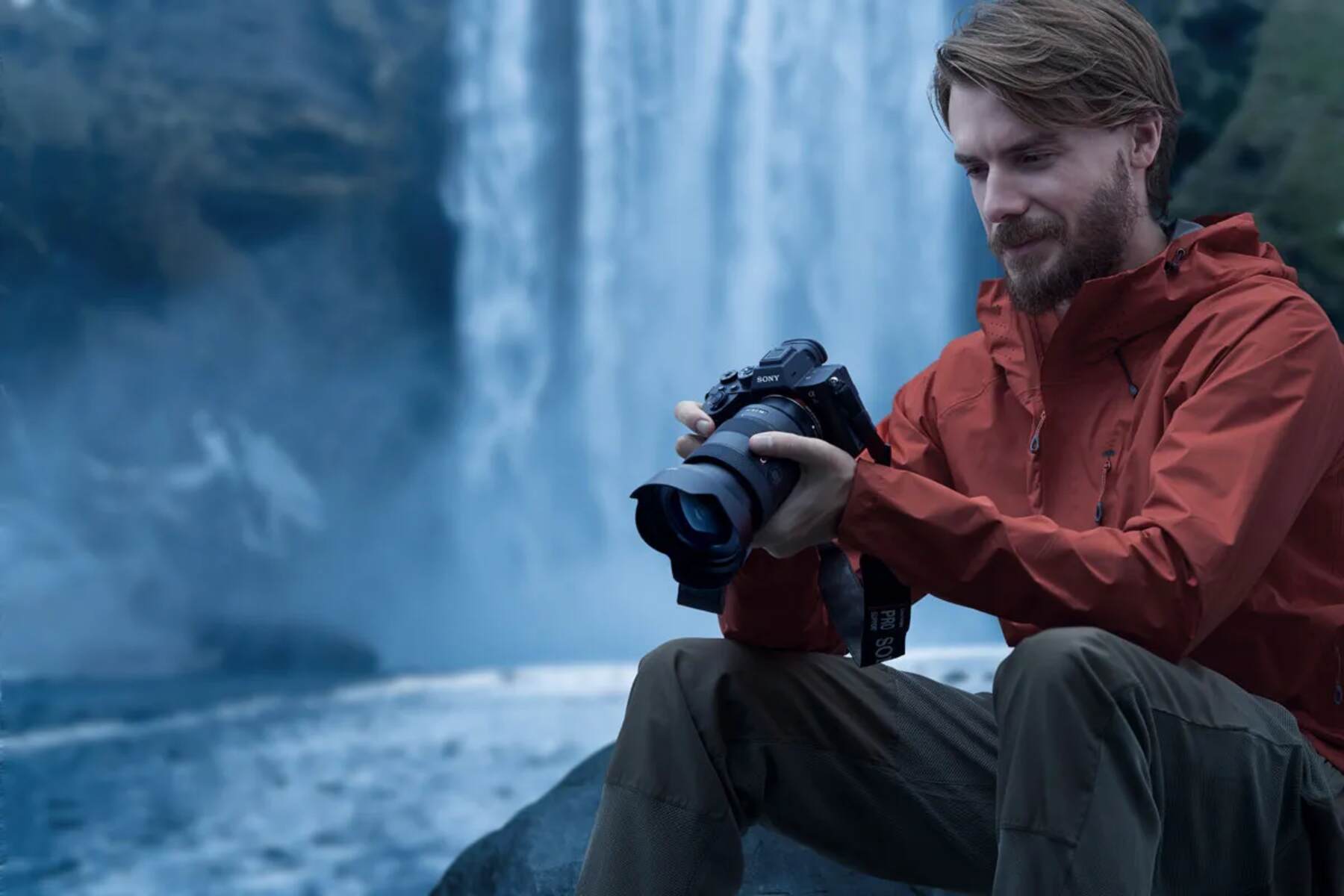Introduction
Understanding the Power Management of Mirrorless Cameras
Mirrorless cameras have gained immense popularity among photographers for their compact size, advanced features, and exceptional image quality. These innovative devices have revolutionized the way we capture moments, offering a blend of portability and performance that was previously unattainable. However, with this technological advancement comes the question of how to best manage the power of these devices, particularly when they are not in use.
As with any electronic device, power management is a critical aspect of ensuring optimal performance and longevity. Mirrorless cameras, known for their electronic viewfinders and constant sensor operation, require careful consideration when it comes to power usage. Unlike traditional DSLR cameras, which rely on optical viewfinders and mechanical shutters, mirrorless cameras utilize electronic components that demand a continuous power supply to operate effectively.
Understanding the intricacies of power management in mirrorless cameras is essential for maximizing their utility and preserving their lifespan. While the convenience of leaving a mirrorless camera powered on between shots may seem appealing, it is important to delve into the potential implications of this practice to make informed decisions about camera usage and maintenance. Let's explore the nuances of power management in mirrorless cameras and the impact of leaving them on when not in use.
Understanding the power management of mirrorless cameras is crucial for photographers seeking to optimize their performance and longevity.
Understanding the Power Management of Mirrorless Cameras
Before delving into the potential implications of leaving a mirrorless camera powered on when not in use, it is essential to comprehend the intricacies of power management in these cutting-edge devices. Unlike their DSLR counterparts, mirrorless cameras rely on electronic viewfinders and continuous sensor operation, necessitating a constant power supply to function effectively. This fundamental difference in design and operation has significant implications for power consumption and management.
The electronic viewfinder (EVF) of a mirrorless camera, which serves as the primary means of composing images, relies on a steady power supply to display a real-time feed from the image sensor. Unlike traditional optical viewfinders, which do not consume power, EVFs continuously draw energy from the camera’s battery, even when the camera is not actively capturing images. This continuous power demand presents a unique challenge in managing the overall power consumption of a mirrorless camera.
Furthermore, the absence of a mechanical mirror and shutter mechanism, which are characteristic of DSLR cameras, means that the sensor in a mirrorless camera remains active at all times. This constant sensor operation, coupled with the EVF’s power requirements, contributes to a higher baseline power consumption compared to DSLRs. While advancements in battery technology have mitigated some of these concerns, the power management of mirrorless cameras remains a focal point for photographers seeking to optimize their shooting experience.
Additionally, the implementation of advanced features such as in-body image stabilization, 4K video recording, and high-speed continuous shooting further accentuates the power demands of mirrorless cameras. These features, while enhancing the creative capabilities of the camera, also necessitate a judicious approach to power management to ensure prolonged usage without interruptions.
Understanding the power management of mirrorless cameras is crucial for photographers seeking to optimize their performance and longevity. By comprehending the unique power requirements and operational characteristics of these devices, photographers can make informed decisions regarding power conservation and camera usage, ultimately enhancing their overall photography experience.
Potential Issues with Leaving a Mirrorless Camera On
While the convenience of leaving a mirrorless camera powered on between shots may seem appealing, it is important to consider the potential issues associated with this practice. One of the primary concerns is the accelerated wear and tear on the camera’s electronic components. Unlike DSLR cameras, which rely on mechanical shutters and optical viewfinders, mirrorless cameras feature electronic viewfinders and continuous sensor operation, leading to prolonged usage of these components when the camera is left powered on.
The continuous operation of electronic components, particularly the electronic viewfinder and sensor, can contribute to increased heat generation within the camera body. This elevated temperature, combined with prolonged electronic activity, may impact the overall longevity and performance of the camera’s internal circuitry. Over time, this heightened stress on electronic components may lead to premature wear and potential malfunctions, affecting the camera’s reliability and functionality.
Another notable issue associated with leaving a mirrorless camera on is the potential for increased sensor wear. Unlike DSLR cameras, where the sensor is only activated during image capture, mirrorless cameras maintain continuous sensor operation to facilitate the electronic viewfinder and real-time image preview. This sustained sensor activity, when the camera is left powered on for extended periods, can contribute to sensor degradation, potentially impacting image quality and overall performance.
Furthermore, the prolonged activation of electronic components, such as the EVF and sensor, can have implications for battery life. While modern mirrorless cameras are equipped with advanced battery management systems, the continuous power draw resulting from leaving the camera on may lead to faster battery depletion, reducing the overall shooting capacity and necessitating more frequent battery changes or recharges.
Additionally, leaving a mirrorless camera powered on for extended periods without active use may pose a security risk, especially in public or crowded settings. There is a heightened potential for accidental button presses or unauthorized access to camera settings, potentially leading to unintended changes in configuration or inadvertent battery drainage.
Understanding the potential issues associated with leaving a mirrorless camera powered on is crucial for photographers seeking to maintain the longevity and performance of their devices. By being mindful of these considerations, photographers can adopt practices that optimize power usage and mitigate the risks associated with prolonged inactivity.
Impact on Battery Life
One of the significant considerations when leaving a mirrorless camera powered on is the impact on battery life. Modern mirrorless cameras are equipped with advanced battery management systems to optimize power usage and maximize shooting capacity. However, the decision to leave the camera powered on when not in use can have tangible effects on battery longevity and overall performance.
The continuous operation of electronic components, such as the electronic viewfinder (EVF) and sensor, when the camera is left powered on, contributes to a consistent power draw from the battery. This sustained power consumption, even during periods of inactivity, can lead to accelerated battery depletion, reducing the overall shooting capacity of the camera. While advancements in battery technology have mitigated some of these concerns, it is important for photographers to be mindful of the impact of prolonged power usage on battery life.
Furthermore, leaving a mirrorless camera powered on for extended periods without active use may lead to increased standby power consumption. While in standby mode, the camera continues to draw a small amount of power to maintain electronic functions, contributing to gradual battery drain. This cumulative standby power consumption, when compounded over time, can diminish the available battery capacity, necessitating more frequent recharges or battery replacements.
It is essential to recognize that the impact on battery life resulting from leaving a mirrorless camera powered on may vary based on individual usage patterns and environmental factors. Factors such as ambient temperature, frequency of shooting, and the duration of inactivity can influence the rate of battery depletion. Additionally, the specific model and battery capacity of the camera play a crucial role in determining the extent of the impact on battery life.
Photographers who frequently leave their mirrorless cameras powered on between shots should be cognizant of the potential implications for battery life and adopt strategies to mitigate excessive power consumption. This may include implementing power-saving settings, such as automatic sleep mode activation, reducing the brightness of the electronic viewfinder, or utilizing external battery packs to extend shooting capacity.
Understanding the impact on battery life resulting from leaving a mirrorless camera powered on is essential for photographers seeking to optimize their shooting experience and prolong battery longevity. By implementing prudent power management practices, photographers can strike a balance between convenience and efficient power usage, ultimately enhancing their overall photography workflow.
Conclusion
As photographers navigate the intricate realm of mirrorless camera usage, the considerations surrounding power management and the decision to leave the camera powered on when not in use are paramount. Understanding the nuances of power consumption, potential issues, and the impact on battery life is crucial for optimizing the performance and longevity of these innovative devices.
While the allure of instant readiness and seamless shooting transitions may prompt photographers to leave their mirrorless cameras powered on between shots, it is imperative to weigh the potential drawbacks of this practice. The continuous operation of electronic components, such as the electronic viewfinder and sensor, when the camera is left powered on can lead to accelerated wear and potential malfunctions, impacting the camera’s reliability and performance. Additionally, the implications for battery life resulting from prolonged power usage necessitate thoughtful consideration and proactive measures to mitigate excessive power consumption.
Photographers are encouraged to adopt prudent power management practices, such as implementing power-saving settings, utilizing external battery packs, and being mindful of standby power consumption, to strike a harmonious balance between convenience and efficient power usage. By integrating these strategies into their photography workflow, photographers can optimize the performance and longevity of their mirrorless cameras while minimizing the potential risks associated with leaving the camera powered on when not in use.
Ultimately, the decision to leave a mirrorless camera powered on rests on a nuanced understanding of its power management dynamics and the individual photographer’s preferences and shooting scenarios. By fostering a holistic awareness of power consumption, potential issues, and battery life considerations, photographers can make informed decisions that align with their unique needs and enhance their overall photography experience.
Embracing a proactive approach to power management empowers photographers to leverage the full potential of their mirrorless cameras while safeguarding their longevity and performance. By embracing a balanced perspective that integrates convenience with prudent power usage, photographers can embark on their creative journeys with confidence, knowing that their mirrorless cameras are optimized for enduring performance and reliability.







